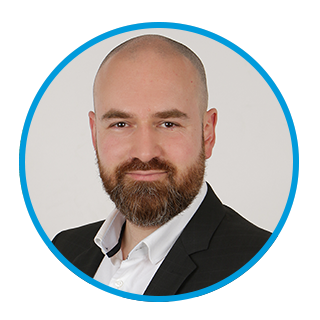Dr Simon Dreher
Role: Scientist, Post-Doctoral-Researcher
Institute: Institute for Clinical Chemistry and Pathobiochemistry, Molecular Diabetology, Department for Diagnostic Laboratory Medicine, Universitätsklinikum Tübingen, Tübingen, Germany
Research & Interests: Dr Simon Dreher started his career in diabetes research in 2021. Originally coming from tissue engineering, he previously specialized in the molecular role of growth and transcription factors in the generation of cartilage from primary human bone marrow stem cells. He joined the Molecular Diabetology Lab of Prof Weigert at the Institute for Clinical Chemistry and Pathobiochemistry (led by Prof Peter) in Tübingen, Germany, which is part of the Institute of Diabetes Research and Metabolic Diseases (IDM) (led by Prof Birkenfeld), a Helmholtz Diabetes Center Institute, as a PostDoc.
Simon Dreher’s main focus is combining his expertise in tissue engineering with his research interests in diabetes prevention to engineer more potent and functional human in vitro models. His lab utilizes growth factor supplementation during static in vitro differentiation of primary human myotubes to generate functional 3D-like structured myotubes that recapitulate the functionality of myofibers in vivo vastly superior to common myotube differentiation protocols. They use collagen-based scaffolds to engineer linearly-aligned myobundles that show controlled macroscopic contraction after electrical pulse stimulation and work towards transferring this knowledge to a perfuseable microfluidic system to generate a human exercise-on-chip model to study inter-organ-crosstalk.
Overall, the molecular diabetology lab focuses on understanding the molecular functions underlying the beneficial effects of exercise to prevent type 2 diabetes by conducting exercise intervention studies. Analyzing samples form these training interventions Simon Dreher recently published on the molecular function of the TGF-ß/miR143/145 axis in low response to exercise (DOI: 10.3390/cells10123443) and exercise/training adaptation of adipose tissue and skeletal muscle in matched human donors (DOI: 10.1038/s41366-023-01271-y).

